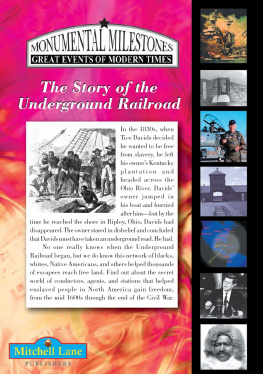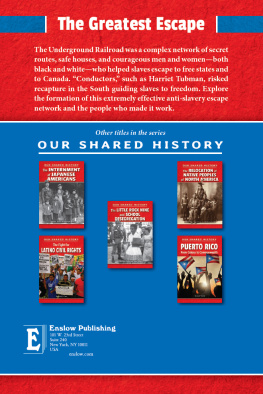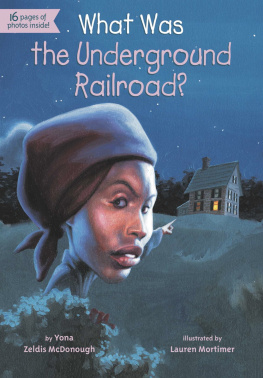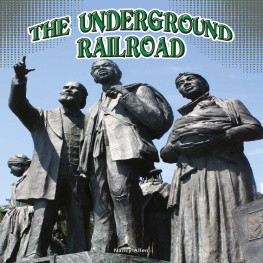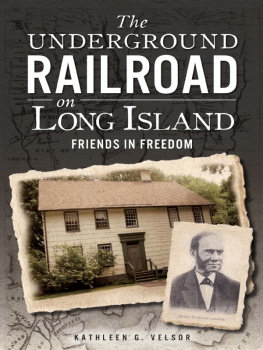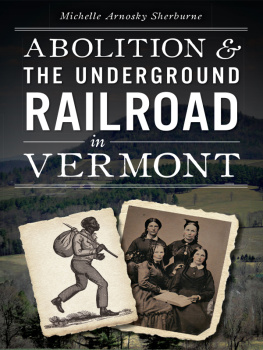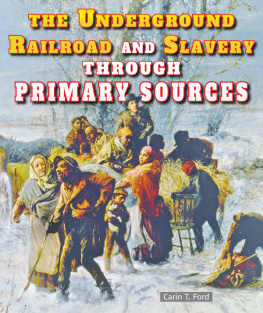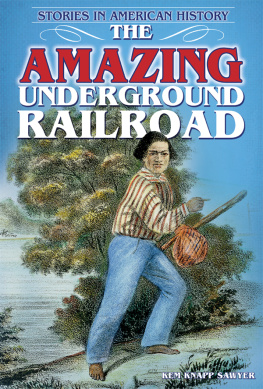

Titles in the Series
The Assassination of John F. Kennedy, 1963
Blitzkrieg! Hitlers Lightning War
Breaking the Sound Barrier: The Story of Chuck Yeager
Brown v. Board of Education of Topeka, Kansas, 1954
Building the Panama Canal
The Civil Rights Movement
The Creation of Israel
The Cuban Missile Crisis: The Cold War Goes Hot
The Dawn of Aviation: The Story of the Wright Brothers
Desegregating Americas Schools
Disaster in the Indian Ocean: Tsunami, 2004
Exploring the North Pole:
The Story of Robert Edwin Peary and Matthew Henson
The Fall of Apartheid in South Africa
The Fall of the Berlin Wall
The Fall of the Soviet Union
FDR and the New Deal
The Historic Fight for the 2008 Democratic Presidential Nomination:
The Clinton View
The Historic Fight for the 2008 Democratic Presidential Nomination:
The Obama View
Hurricane Katrina and the Devastation of New Orleans, 2005
The McCarthy Era
Overview of the Korean War
Overview of the Persian Gulf War, 1990
An Overview of World War I
The Russian Revolution, 1917
The Scopes Monkey Trial
The Sinking of the Titanic
The Story of September 11, 2001
The Story of the Attack on Pearl Harbor
The Story of the Great Depression
The Story of the Holocaust
The Story of the Underground Railroad
Top Secret: The Story of the Manhattan Project
The Watergate Scandal
The Vietnam War

Copyright 2010 by Mitchell Lane Publishers, Inc. All rights reserved. No part of this book may be reproduced without written permission from the publisher. Printed and bound in the United States of America.
Printing 1 2 3 4 5 6 7 8 9
Library of Congress Cataloging-in-Publication Data
Hinton, KaaVonia, 1973
The story of the Underground Railroad / by KaaVonia Hinton.
p. cm. (Monumental milestones)
Includes bibliographical references and index.
ISBN 978-1-58415-739-7 (library bound)
eISBN 978-1-54574-945-6
1. Underground RailroadJuvenile literature. 2. Fugitive slavesUnited StatesHistory19th centuryJuvenile literature. 3. Antislavery movementsUnited StatesHistory19th centuryJuvenile literature. 4. AbolitionistsUnited StatesHistory19th centuryJuvenile literature. I. Title.
E450.H634 2010
973.7115dc22
2009027367
ABOUT THE AUTHOR: KaaVonia Hinton is an assistant professor in the Teaching & Learning department at Old Dominion University in Norfolk, Virginia. She is the author of Angela Johnson: Poetic Prose (Scarecrow Press), Sharon M. Draper: Embracing Literacy (Scarecrow Press) and, for Mitchell Lane Publishers, Jacqueline Woodson and Desegregating Americas Schools.
PUBLISHERS NOTE: This story is based on the authors extensive research, which she believes to be accurate. Documentation of such research is contained on page 45.
The internet sites referenced herein were active as of the publication date. Due to the fleeting nature of some web sites, we cannot guarantee they will all be active when you are reading this book.
PLB
Contents
*For Your Information

CHAPTER
Running on the Railroad
No one really knows when the Underground Railroad began aiding enslaved people on their quest for freedom. Some researchers say it began in 1804 when a man named General Thomas Boudes of Columbia, Pennsylvania, hid a fugitive slave and refused to give her up to law enforcers. Others say the organization began much later, in 1830 or 1831, when an enslaved man named Tice Davids escaped his owners Kentucky plantation. Tice ran and jumped in the Ohio River before his owner could stop him. Swimming as fast as he could, Tice made it to shore in Ripley, Ohio, just moments before his owners boat reached the Ohio side of the river. But when Tices owner looked for him, all traces of the runaway had disappeared. When the owner retold the story to others, he said that Tice must have gone off on an underground road.
The term underground road was revised to Underground Railroad after the invention of steam railroads in 1830. Trains fascinated Americans, so people who helped escaped slaves decided to use railroad terms to secretly describe their work. The Underground Railroad was a group of people, safe houses, and hiding places that helped runaway slaves escape to freedom. A passenger or package was a fugitive slave in need of assistance from an agent, a person who knew the routes escaped slaves should take. A depot or station was where an escaped slave could find help. Stations were houses, churches, and businesses. Escapees also met conductors who helped them get to the next safe place. Escape routes led to the North, even into Canada; south into Mexico and the Caribbean; and west beyond the borders of the Union.
Many enslaved people learned about the Underground Railroad from conductors. Some conductors from the North went south to tell enslaved people about it. People all across the country worked on the Underground Railroad. For example, after his escape from a plantation in Maryland, Frederick Douglass began speaking out against slavery and eventually began hiding escapees in his home in Rochester, New York.
The town in which Tice Davids went undergroundRipley, Ohiowas known for having citizens who were dedicated to helping escaped slaves, such as John Rankin, a local minister, and John Parker, a free black man. A few years after John Parker bought his freedom in 1845, he began traveling to the border of Kentucky, a slave state, to look for enslaved people who wanted to cross the Ohio River on their way to freedom. Once he helped them across, he showed them how to get to the next station, usually John Rankins house, where Rankins wife and thirteen children welcomed them with food and clothes. Parker helped at least one escapee a week across the river.
Cincinnati, Ohio, also had a number of citizens devoted to the Underground Railroad. In fact, it was the home of Levi Coffin, the man known as the president of the Underground Railroad. Coffin and his wife, Catherine, helped thousands of escapees, hiding them in secret places throughout their home.
By helping freedom seekers, conductors and agents were breaking the law. They risked being arrested, jailed, and fined. Historian James O. Horton writes, It was dangerous to be involved with the Underground Railroad no matter what color you were. There were white people who spent years of their lives in jail.
In 1848, Thomas Garrett, an abolitionist in Delaware, was convicted of helping enslaved people hide, disguise themselves, and find transportation. Being punished for breaking the law did not stop him. Moments after hearing how he would be punished, he said he would continue to give food, money, clothes, and shelter to help slaves obtain freedom. Many of the slaves Garrett helped were sent on to the Antislavery Office in Philadelphia. Some of the slaves he helped get to Philadelphia were escorted by Harriet Tubman, a freedom seeker who escaped to Pennsylvania in 1849. After escaping from Maryland, she traveled back South numerous times to help others obtain freedom. Once in Philadelphia, Tubman usually took the freedom seekers to the Pennsylvania Society for the Abolition of Slavery, where William Still, a free black man who helped about sixty fugitive slaves a month travel along the Underground Railroad, was waiting.
Next page
